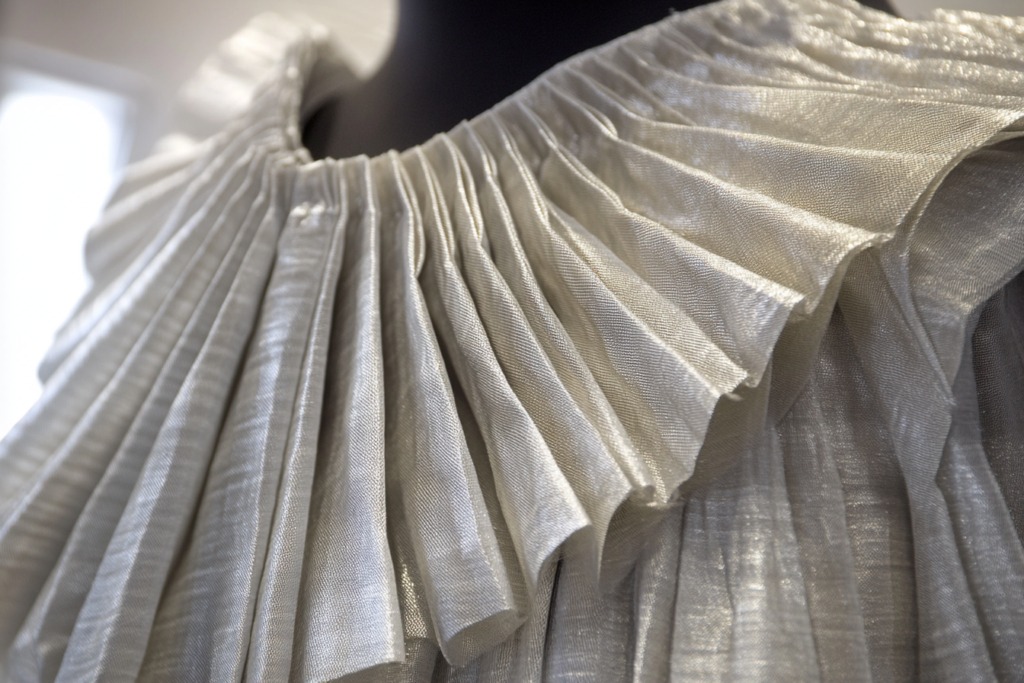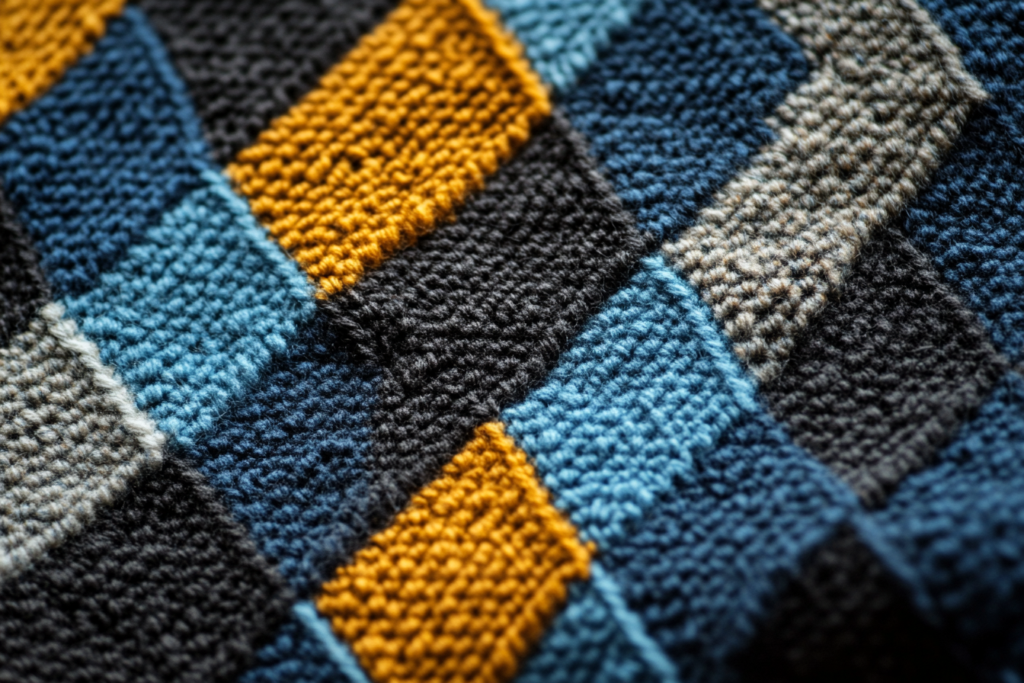Wet-Process: Special Manufacturing Techniques for Fabric Treatment
Meta Description: The wet-process is a manufacturing method that includes treatments like softening, pre-shrinking, dyeing, and bleaching to enhance fabric quality. Learn more about its applications in textiles.
What is Wet-Process in Fabric Manufacturing?
The wet-process refers to a series of fabric treatment techniques that use water-based methods to enhance, modify, or finish textiles. These processes are applied during various stages of fabric production, from pre-treatment to finishing, and help improve fabric characteristics such as softness, durability, appearance, and color.
Wet-processing techniques are essential in the textile industry for achieving specific looks and functionalities in fabrics. They are commonly used for dyeing, bleaching, softening, pre-shrinking, and various other finishes that alter the texture, color, and behavior of the fabric.


Common Wet-Processing Techniques
📌 1. Softening
- Softening is the process of making the fabric softer and smoother to the touch. It is often done using softening agents that coat the fibers, creating a luxurious feel. Softening treatments are typically applied to cotton, linen, synthetic fibers, and blends to improve comfort and drape.
- Example: Softened cotton fabrics are often used for bed linens, shirts, and underwear, where a soft and smooth texture is desirable.
📌 2. Pre-shrinking
- Pre-shrinking is a technique used to shrink the fabric before it is cut and sewn into garments. This treatment ensures that the fabric doesn’t shrink after the final garment is made and washed, helping to maintain the size and shape of the garment.
- Example: Denim is often pre-shrunk to prevent significant shrinkage after washing, which can distort the fit of jeans and jackets.
📌 3. Dyeing
- Dyeing is the process of applying color to fabric using water-based solutions. There are several methods of dyeing, including piece dyeing (dyeing the fabric as a whole), yarn dyeing (dyeing the yarn before weaving), and garment dyeing (dyeing the finished garment).
- Example: T-shirts and socks are often piece dyed to achieve vibrant and uniform colors.
📌 4. Bleaching
- Bleaching is used to whiten or lighten fabrics, typically by applying chemical agents such as hydrogen peroxide or chlorine-based compounds. This process is especially important for fabrics that need to be lightened before being dyed in specific colors.
- Example: Cotton fabrics are often bleached before being dyed to ensure they achieve a clean, bright color.
📌 5. Enzyme Treatment
- Enzyme treatment uses natural enzymes to remove impurities or excess lint from fabrics, improving the smoothness and appearance of the fabric. This process is often applied to denim fabrics to give them a more worn-in, soft feel without causing damage.
- Example: Enzyme-washed denim has a softer, faded appearance and is often used for fashionable jeans.
Advantages of Wet-Processing
📌 Improves Fabric Quality
- Wet-processing helps to improve the overall quality and feel of fabrics. Processes like softening and enzyme treatment can make fabrics feel smoother, more comfortable, and more durable.
📌 Enhances Aesthetics
- Treatments like dyeing and bleaching are crucial for enhancing the appearance of fabrics, making them more visually appealing. These processes allow manufacturers to produce a wide range of colors and textures to meet market demands.
📌 Prevents Shrinkage
- Pre-shrinking is essential for ensuring that fabrics maintain their size and shape after laundering. This treatment is especially important for garments made from natural fibers like cotton and wool, which are prone to shrinking.
📌 Adds Functional Properties
- Wet-processing techniques can also add functional properties to fabrics. For example, some softening treatments also impart water-repellency, making fabrics more suitable for outdoor apparel and gear.
Applications of Wet-Processing in Textiles
📌 Fashion and Apparel
- Wet-processing is widely used in the fashion and apparel industry to create fabrics with specific finishes and colors. Garments like jeans, jackets, shirts, and activewear often undergo wet-processing treatments to achieve a desired look and feel.
📌 Home Textiles
- Bedding, curtains, upholstery, and table linens are often subjected to softening and dyeing treatments to make them more comfortable, colorful, and durable.
📌 Industrial and Technical Fabrics
- Wet-processing is also used in the production of industrial textiles like filters, protective clothing, and geotextiles, where properties like moisture resistance and strength are enhanced.
Conclusion: The Impact of Wet-Processing on Fabric Performance
The wet-process is a crucial technique in fabric manufacturing that helps improve the texture, appearance, and functionality of textiles. By using various treatments such as softening, dyeing, bleaching, and pre-shrinking, manufacturers can produce high-quality fabrics suitable for a variety of applications, from fashion and home textiles to industrial uses. These treatments not only enhance the aesthetic appeal of fabrics but also improve their durability, comfort, and performance.



